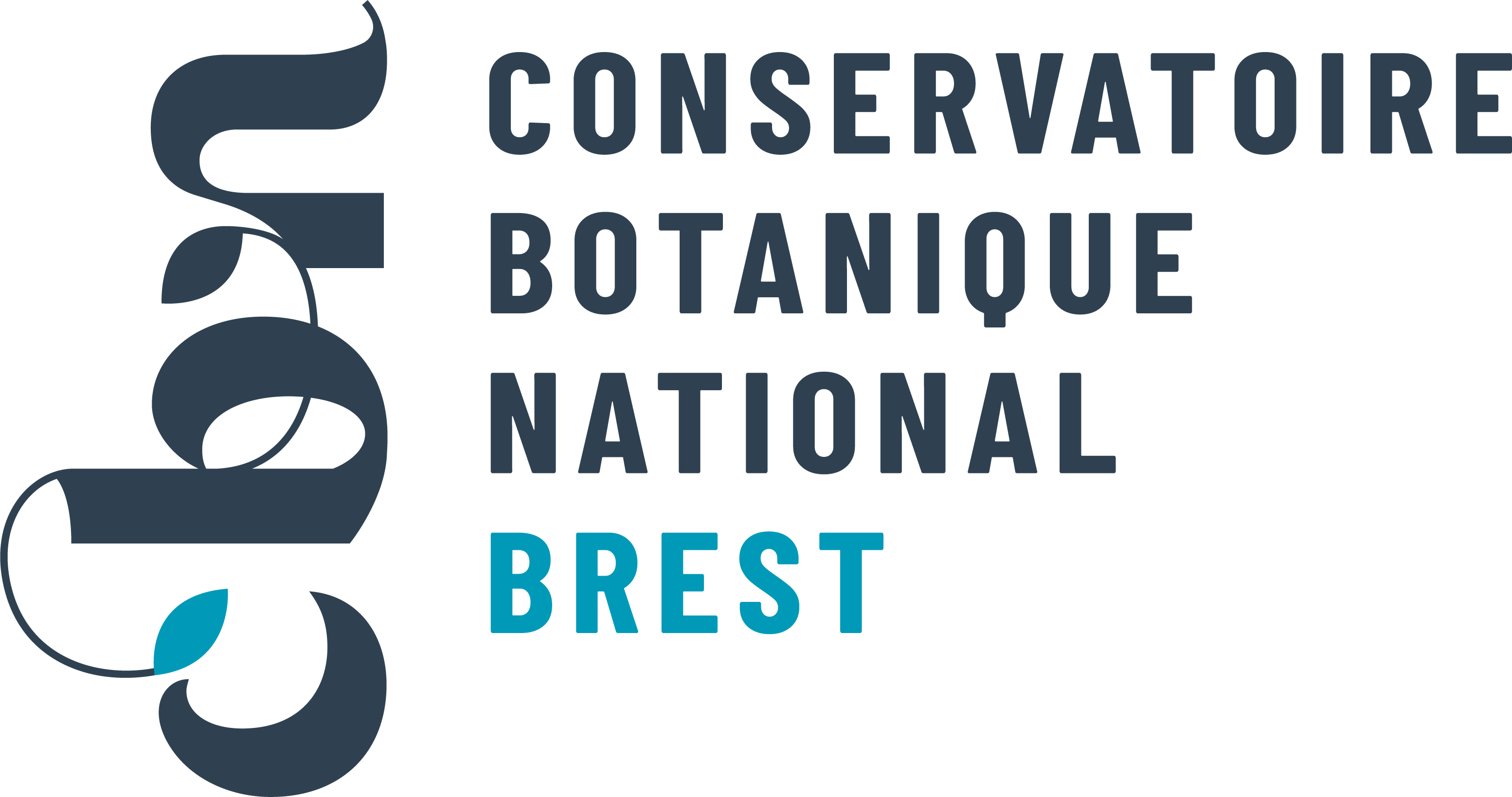Schédonore des prés
Schedonorus pratensis (Huds.) P.Beauv., 1812
- 445 observations
-
161
communes -
63
observateurs
15
organismes -
Première observation
1905 -
Dernière observation
2024
Alençon - Almenêches - Argentan - Athis-Val de Rouvre - Aubry-le-Panthou - Aunay-les-Bois - Aunou-sur-Orne - Barville - Bazoches-au-Houlme - Bazoches-sur-Hoëne - Beauvain - Belfonds - Belforêt-en-Perche - Bellavilliers - Berd'huis - Berjou - Boëcé - Boischampré - Boitron - Bonnefoi - Boucé - Bretoncelles - Brullemail - Buré - Canapville - Carrouges - Cerisé - Ceton - Chailloué - Champosoult - Champsecret - Charencey - Chemilli - Ciral - Colombiers - Condé-sur-Sarthe - Coulimer - Coulonces - Coulonges-sur-Sarthe - Cour-Maugis sur Huisne - Dame-Marie - Domfront en Poiraie - Écorcei - Écorches - Écouché-les-Vallées - Écouves - Essay - Flers - Francheville - Giel-Courteilles - Gouffern en Auge - Guerquesalles - Hauterive - Héloup - Joué-du-Bois - La Bellière - La Coulonche - La Ferrière-au-Doyen - La Ferrière-aux-Étangs - La Ferté-en-Ouche - La Ferté Macé - La Genevraie - La Lande-de-Goult - Laleu - La Mesnière - Larré - Le Bosc-Renoult - Le Bouillon - Le Mage - Le Ménil-Broût - Le Ménil-Guyon - Le Ménil-Scelleur - Le Plantis - Le Renouard - Les Aspres - Les Authieux-du-Puits - Les Ventes-de-Bourse - L'Hôme-Chamondot - Loisail - Longny les Villages - Lonlay-l'Abbaye - Lonrai - L'Orée-d'Écouves - Macé - Mahéru - Mauves-sur-Huisne - Médavy - Ménil-Froger - Mieuxcé - Montchevrel - Montgaudry - Montilly-sur-Noireau - Monts-sur-Orne - Mortagne-au-Perche - Mortrée - Moulins-la-Marche - Moutiers-au-Perche - Neauphe-sous-Essai - Nécy - Neuilly-le-Bisson - Neuvy-au-Houlme - Occagnes - Ommoy - Perche en Nocé - Pervenchères - Putanges-le-Lac - Rémalard en Perche - Rives d'Andaine - Sablons sur Huisne - Saint-Agnan-sur-Sarthe - Saint-André-de-Briouze - Saint-Aquilin-de-Corbion - Saint-Aubin-d'Appenai - Saint-Aubin-de-Bonneval - Saint-Aubin-de-Courteraie - Saint-Bômer-les-Forges - Saint-Céneri-le-Gérei - Sainte-Céronne-lès-Mortagne - Sainte-Scolasse-sur-Sarthe - Saint-Evroult-Notre-Dame-du-Bois - Saint-Fulgent-des-Ormes - Saint-Georges-d'Annebecq - Saint-Germain-de-Clairefeuille - Saint-Germain-de-la-Coudre - Saint-Germain-des-Grois - Saint-Germain-du-Corbéis - Saint-Gervais-des-Sablons - Saint-Hilaire-de-Briouze - Saint-Hilaire-le-Châtel - Saint-Jouin-de-Blavou - Saint-Julien-sur-Sarthe - Saint-Langis-lès-Mortagne - Saint-Léger-sur-Sarthe - Saint-Léonard-des-Parcs - Saint-Mars-d'Égrenne - Saint-Martin-du-Vieux-Bellême - Saint-Martin-l'Aiguillon - Saint-Nicolas-des-Bois - Saint-Ouen-de-Sécherouvre - Saint-Ouen-sur-Iton - Saint-Philbert-sur-Orne - Saint-Pierre-des-Loges - Saint-Pierre-la-Bruyère - Saint-Quentin-de-Blavou - Saint-Sauveur-de-Carrouges - Saint-Sulpice-sur-Risle - Sap-en-Auge - Sarceaux - Sées - Semallé - Soligny-la-Trappe - Suré - Tanville - Tournai-sur-Dive - Tourouvre au Perche - Trémont - Trun - Val-au-Perche - Vidai - Villedieu-lès-Bailleul - Villiers-sous-Mortagne
-
PNR et géoparc mondial UNESCO Normandie-Maine
Participation à 245 Observations
Part d'aide à la prospection : 55.06 %
Fiche organisme
-
Conservatoire Botanique National de Brest (CBNB)
Participation à 216 Observations
Part d'aide à la prospection : 48.54 %
Fiche organisme
-
Association Faune & Flore de l'Orne (AFFO)
Participation à 202 Observations
Part d'aide à la prospection : 45.39 %
Fiche organisme
-
PNR du Perche
Participation à 76 Observations
Part d'aide à la prospection : 17.08 %
Fiche organisme
-
Conseil départemental de l'Orne (bureau ENS)
Participation à 65 Observations
Part d'aide à la prospection : 14.61 %
Fiche organisme
-
UMS PatriNat (OFB-CNRS-MNHN)
Participation à 16 Observations
Part d'aide à la prospection : 3.60 %
Fiche organisme
-
Institut floristique franco-belge (IFFB)
Participation à 14 Observations
Part d'aide à la prospection : 3.15 %
Fiche organisme
-
Ministère de la Transition écologique et de la Cohésion des territoires
Participation à 11 Observations
Part d'aide à la prospection : 2.47 %
Fiche organisme
-
Bureaux d'études & consultants
Participation à 3 Observations
Part d'aide à la prospection : 0.67 %
Fiche organisme
-
Peter Stallegger (Consultant Environnement)
Participation à 3 Observations
Part d'aide à la prospection : 0.67 %
Fiche organisme
-
Office national des forêts (ONF)
Participation à 1 Observation
Part d'aide à la prospection : 0.22 %
Fiche organisme
-
Écosphère, bureau d'études en environnement
Participation à 1 Observation
Part d'aide à la prospection : 0.22 %
Fiche organisme
-
Conservatoire Botanique National de Bailleul (CBN de Bailleul)
Participation à 1 Observation
Part d'aide à la prospection : 0.22 %
Fiche organisme
-
Enertrag Normandie I
Participation à 1 Observation
Part d'aide à la prospection : 0.22 %
Fiche organisme
-
Institut national de l'information géographique et forestière (IGN)
Participation à 1 Observation
Part d'aide à la prospection : 0.22 %
Fiche organisme
Informations espèce
Source : Biodiv'Écrins, Parc national des Écrins
E2.237 : Illyrian submontane hay meadows
E2.2521 : Moeso-Thracian mesophile floodplain meadows
E2.2523 : Moeso-Thracian mesophile cold water meadows
E2.33 : Balkan mountain hay meadows
E3.31 : Helleno-Moesian riverine and humid Trifolium meadows
E3.41 : Prairies atlantiques et subatlantiques humides
E3.46 : Continental humid meadows
Répartition actuelle en France métropolitaine
© INPN - Avertissement : les données visualisables reflètent l'état d'avancement des connaissances et/ou la disponibilité des données existantes au niveau national : elles ne peuvent en aucun cas être considérées comme exhaustives.
Répartition actuelle dans le monde
Avertissement : les données visualisables reflètent l'état d'avancement des connaissances et/ou la disponibilité des données existantes au niveau mondial : elles ne peuvent en aucun cas être considérées comme exhaustives.










